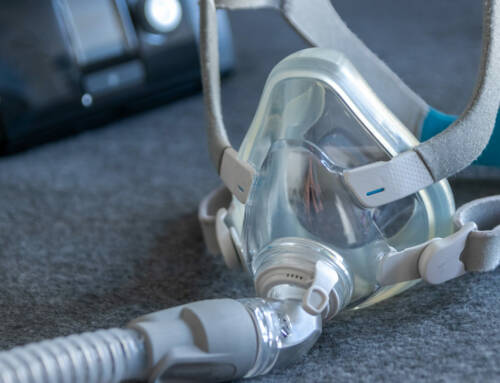Proving Negligence in Medical Malpractice Claims
Medical malpractice victims, and most other injury victims, must prove negligence, or a lack of care, by a preponderance of the evidence, or more likely than not. As outlined below, medical malpractice claims work a bit differently from car crashes, dog bites, and other injury claims. Since doctors have such a high legal responsibility, it’s easier to prove a lack of care.
A New York personal injury attorney can usually obtain high damages in a medical malpractice case, mostly because of the high duty of care. The more responsibility you have, the more fault you have if things go wrong. Medical malpractice damages usually include compensatory damages, for things like medical bills and emotional distress, as well as punitive damages.
Fiduciary Duty
Essentially, a fiduciary duty is built on communication. Doctors have a duty to listen to their patients and do what’s best for them. That sounds straightforward, but complications arise.
Many doctors are so busy that they have trouble developing relationships. The average doctor listens to the average patient for about seven seconds. This lack of communication is especially a problem regarding diagnosis issues. Because there is so little interaction, doctors often know almost nothing about their patients’ symptoms.
Nationwide, doctors misdiagnose about 20 percent of cases. Some of the more commonly misdiagnosed illnesses and injuries include:
- Cancer: Many doctors view cancer as a lifestyle or genetic condition. They believe only smokers get lung cancer and only people with a family history of the disease get any kind of cancer. Unless doctors promptly and properly diagnose cancer, the survival rate is rather low.
- Head Injuries: Lots of these victims do not experience signature symptoms, like unconsciousness or vomiting. As a result, many doctors believe the shock of the accident is responsible for initial symptoms. Once head injuries reach advanced stages, they’re difficult to treat.
- Heart Problems: Strokes, heart attacks, and other issues combine these two problems. Many heart problem victims do not have a family history of the disease or any apparent risk factors. Furthermore, not all patients experience signature symptoms. For example, many female heart attack victims do not have serious chest pains.
Standard of Care
A fiduciary duty has a lot to do with attitude, and the standard of care mostly pertains to practical interactions.
When patients have certain issues, doctors must treat them in accordance with certain standards. For example, if a patient has an apparent broken arm, the doctor cannot simply set the bone and send the patient home. The doctor must review the patient’s medical history, determine how the break happened, run diagnostic tests, like an X-ray, and then treat the break. A letdown in any area could be a lack of care, or medical negligence.
To establish the standard of care in certain contexts, an attorney usually partners with a medical expert. The standard of care varies, not only based on the patient’s issue, but also on factors like geographic location. But these variations only go so far. For example, a doctor does not need the latest and most expensive X-ray machine, but a doctor must have access to a gadget which does the job properly.
Medical negligence cases often involve a two-step inquiry. For a free consultation with an experienced New York personal injury attorney, contact Marie Kaiser Napoli.






